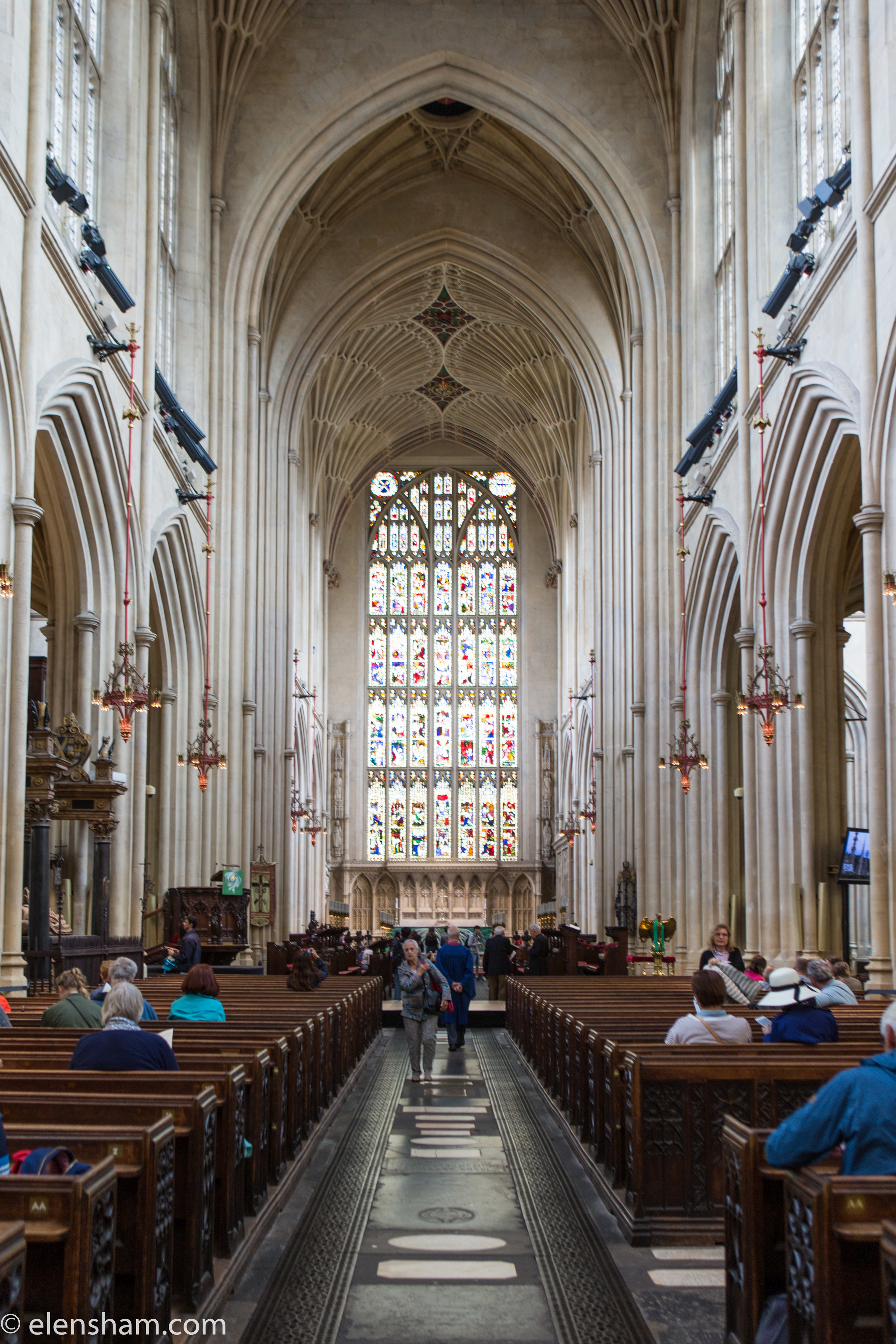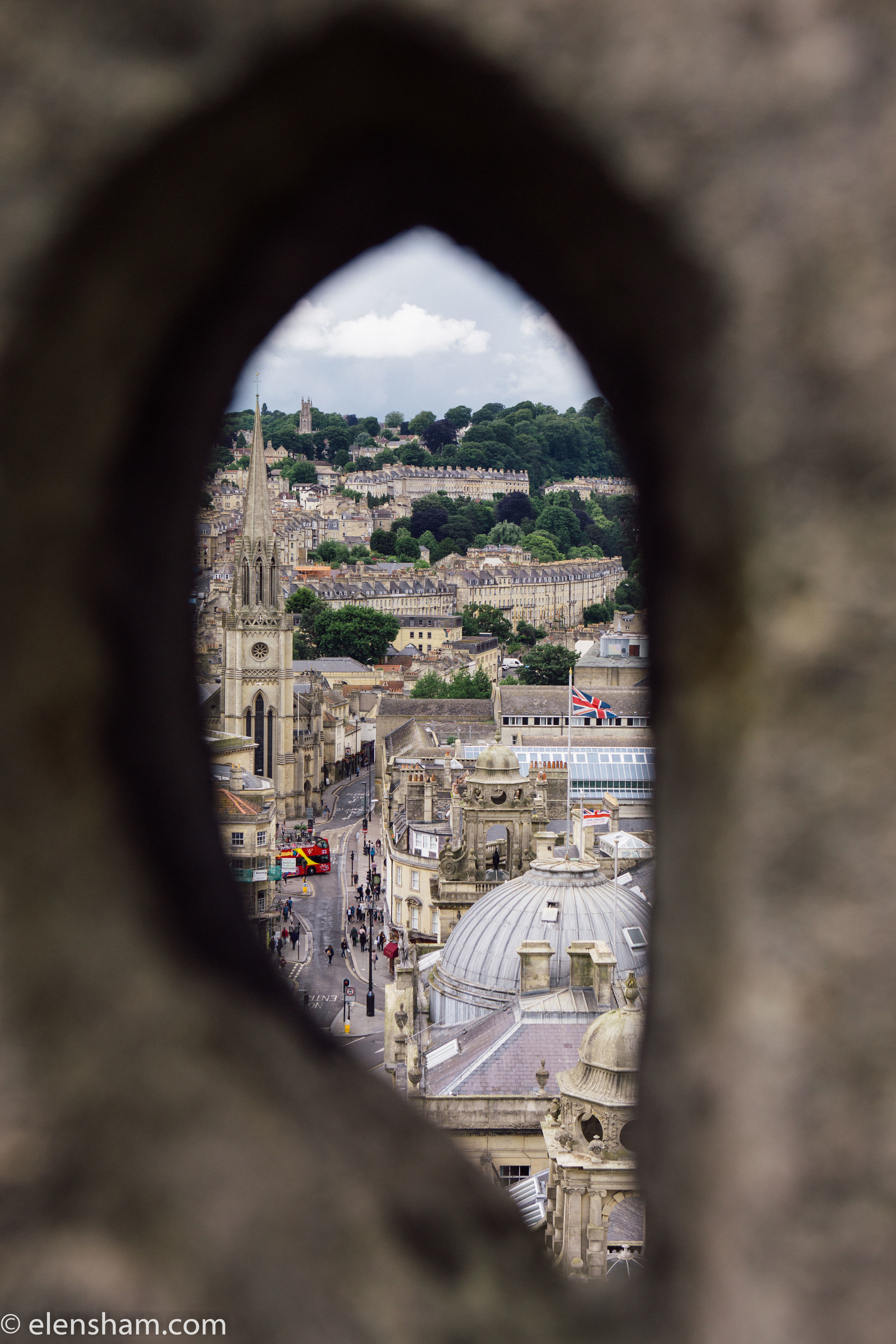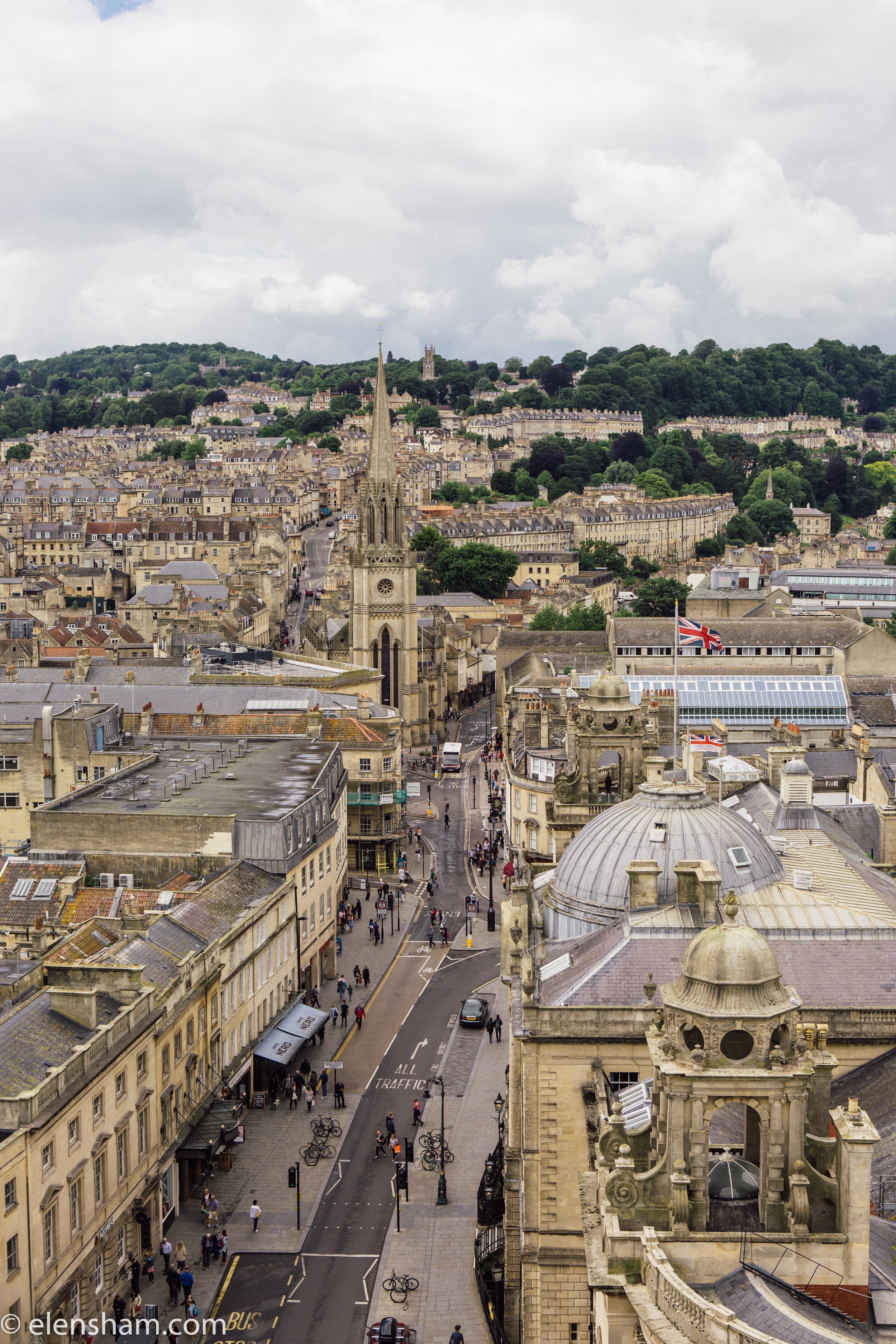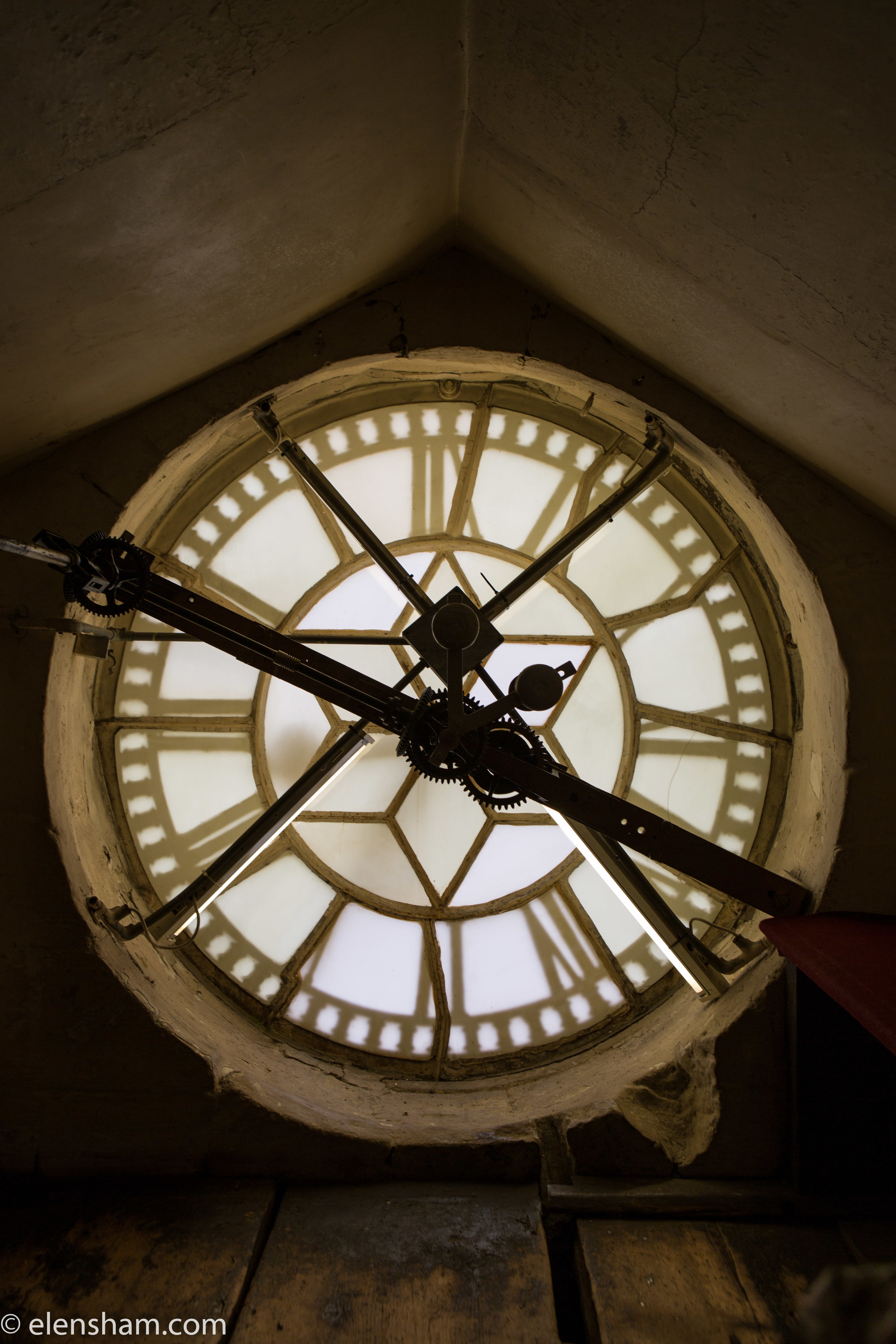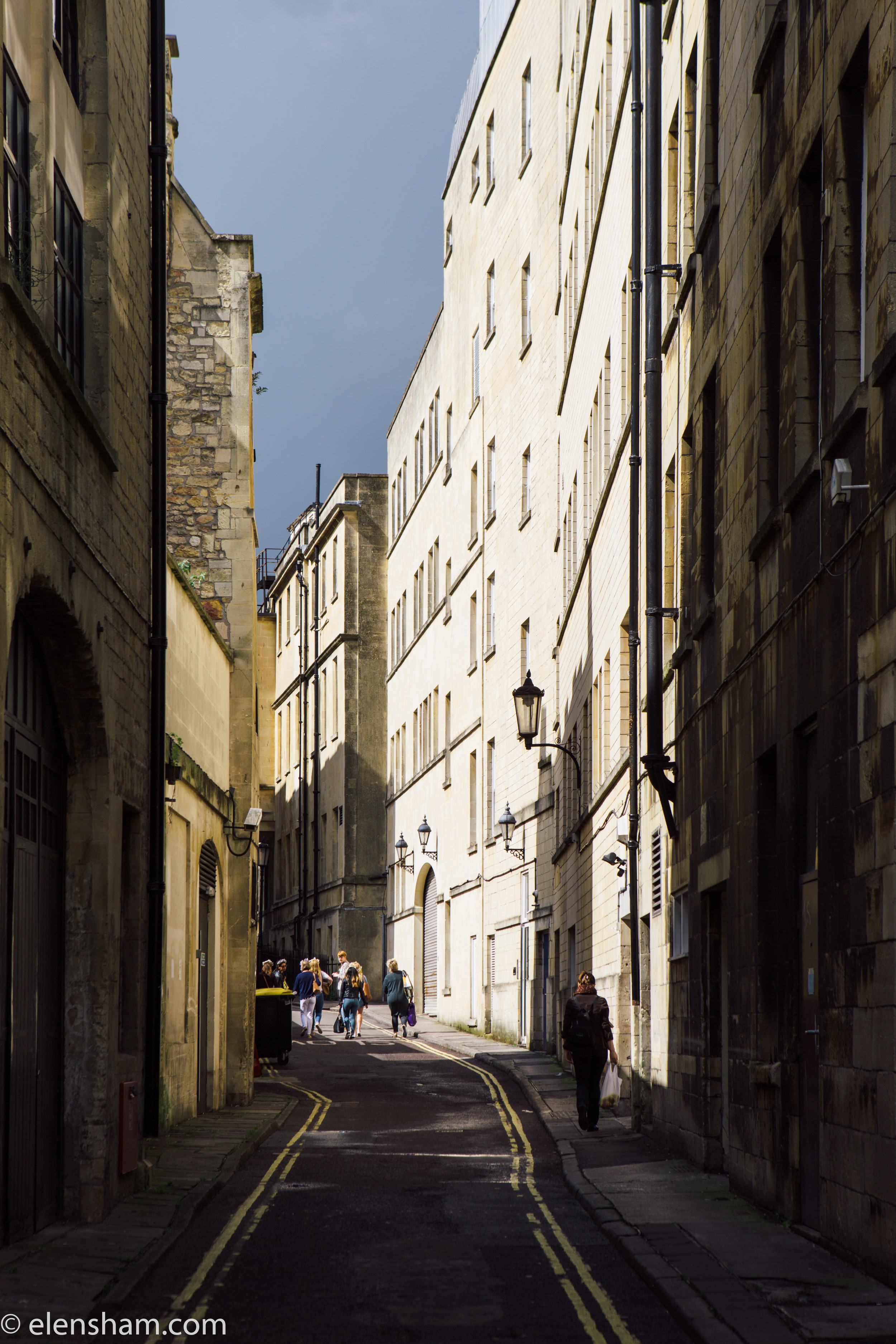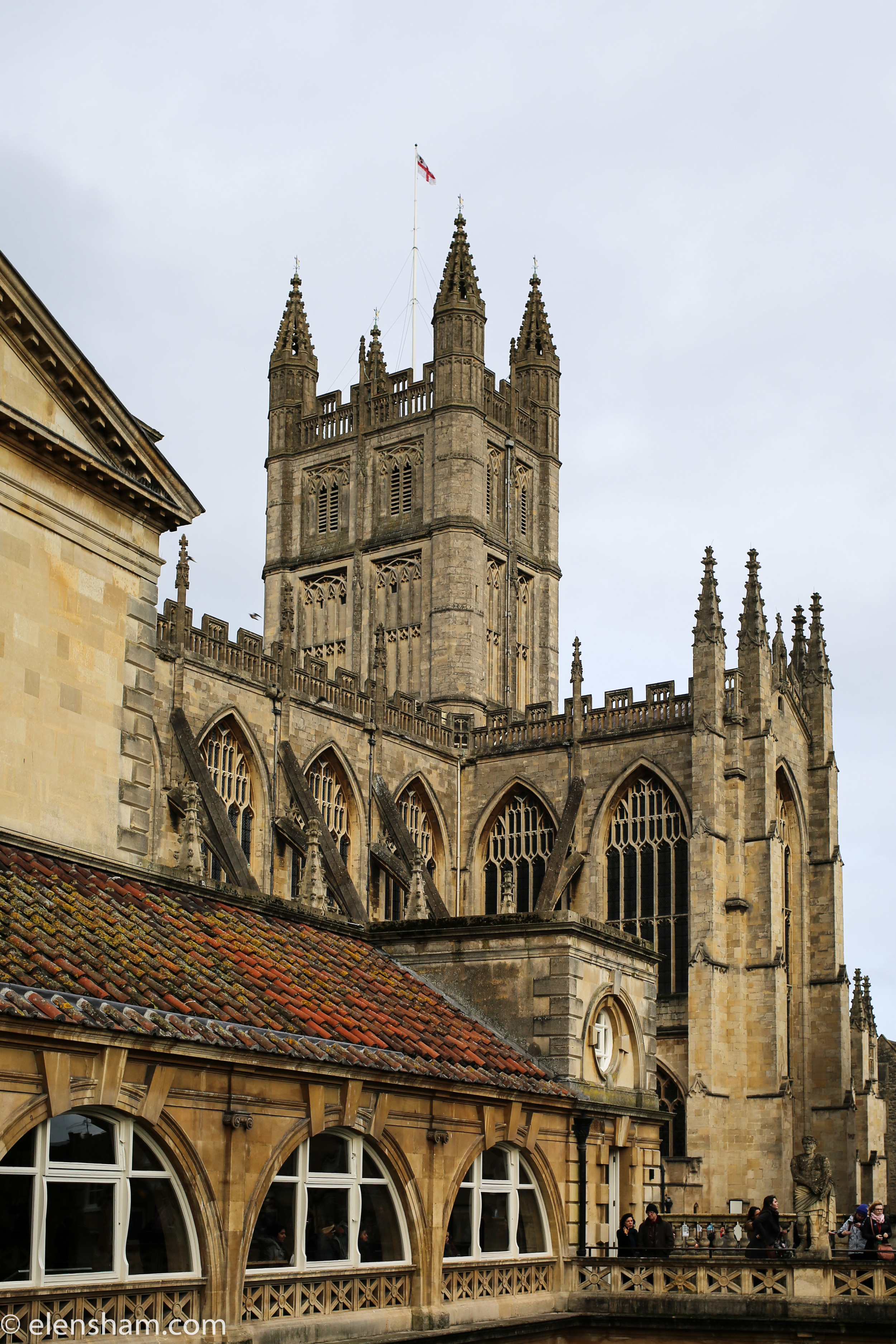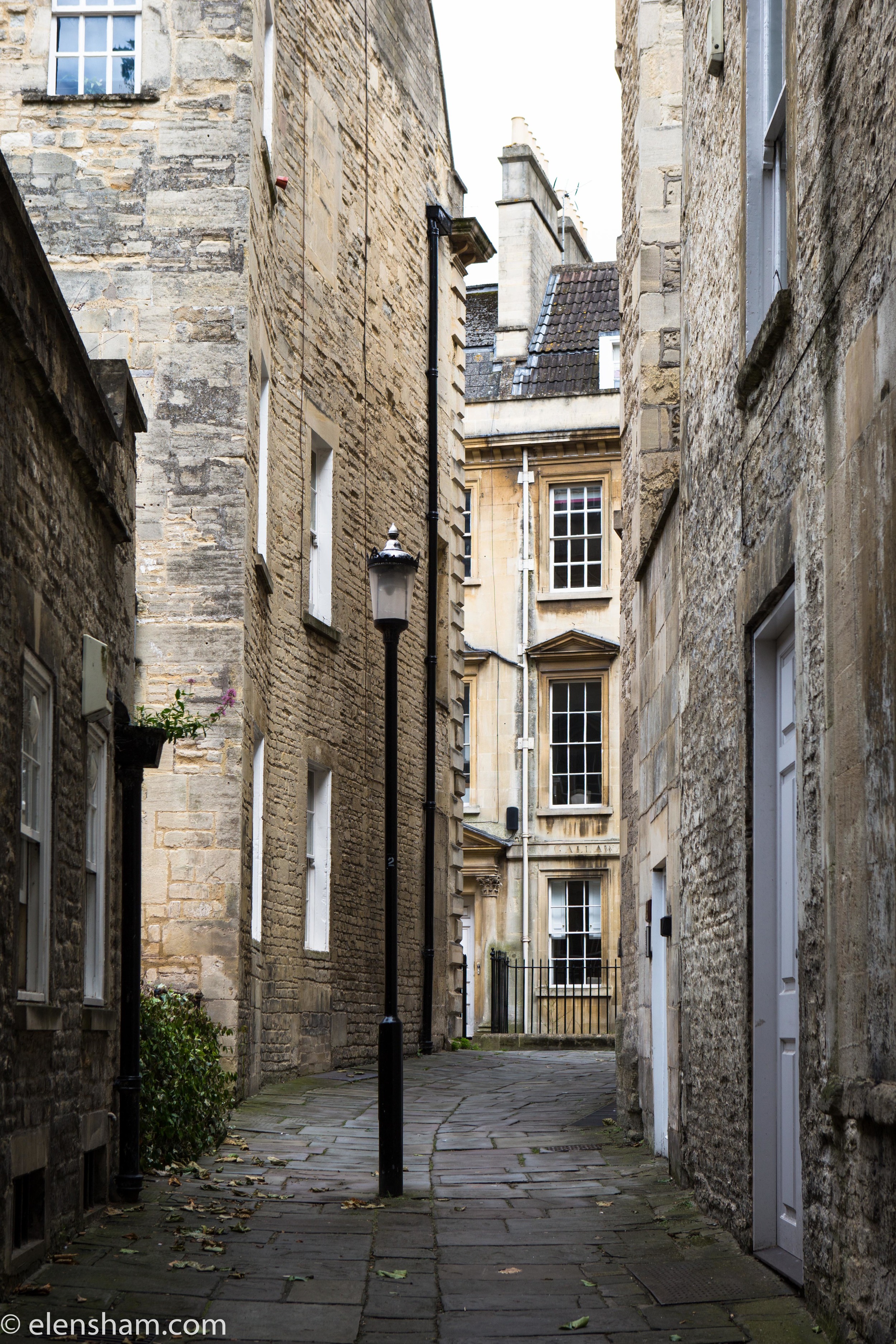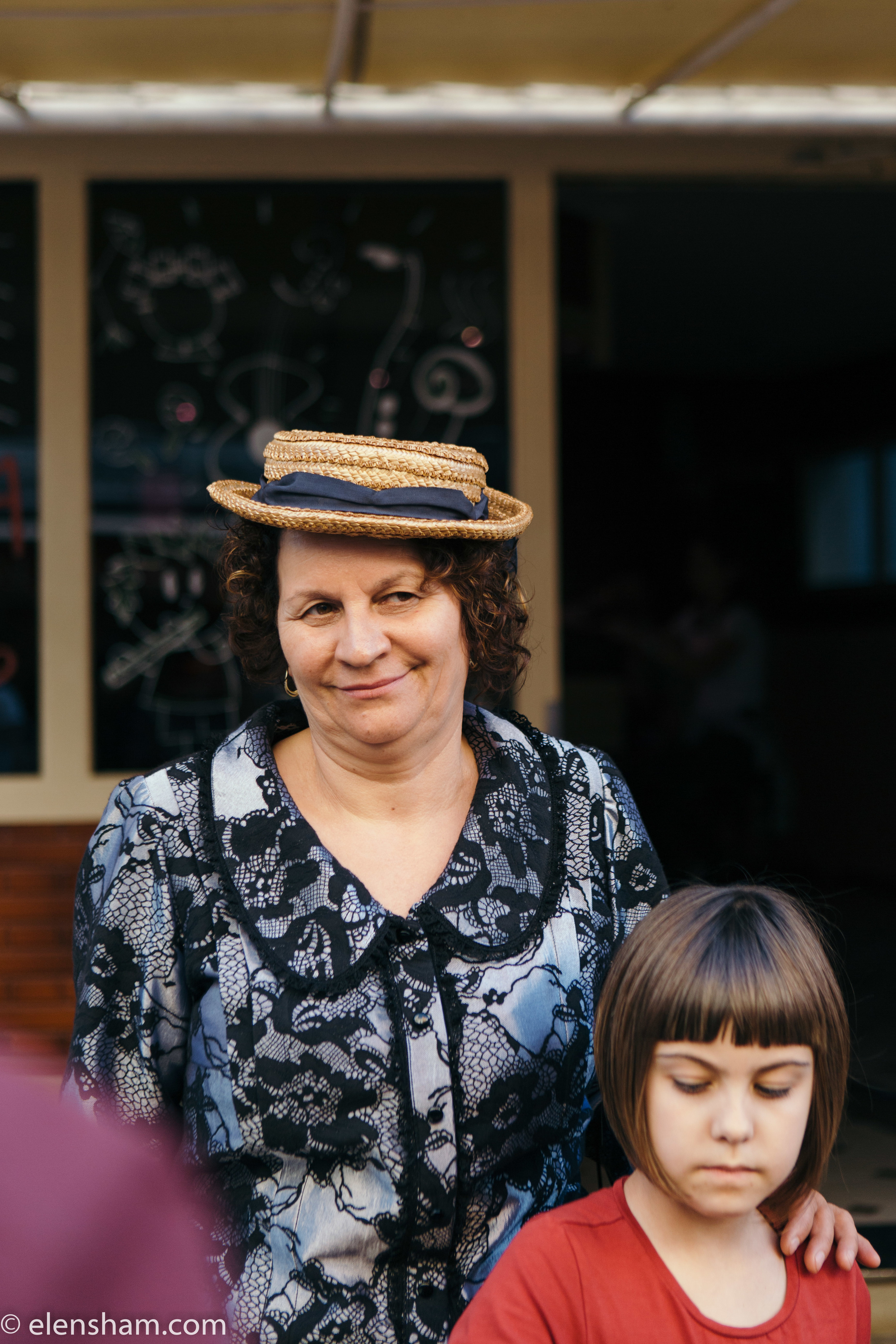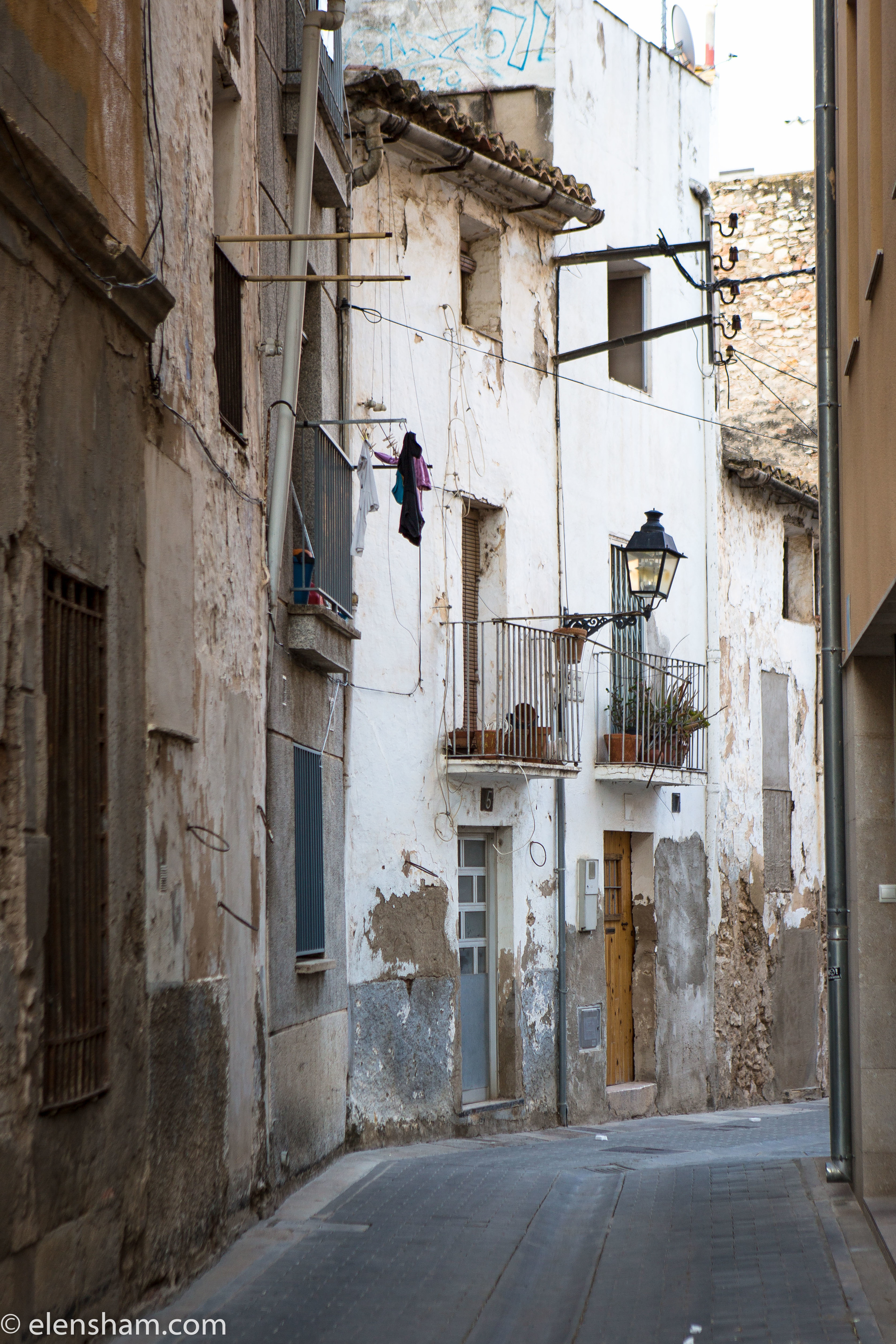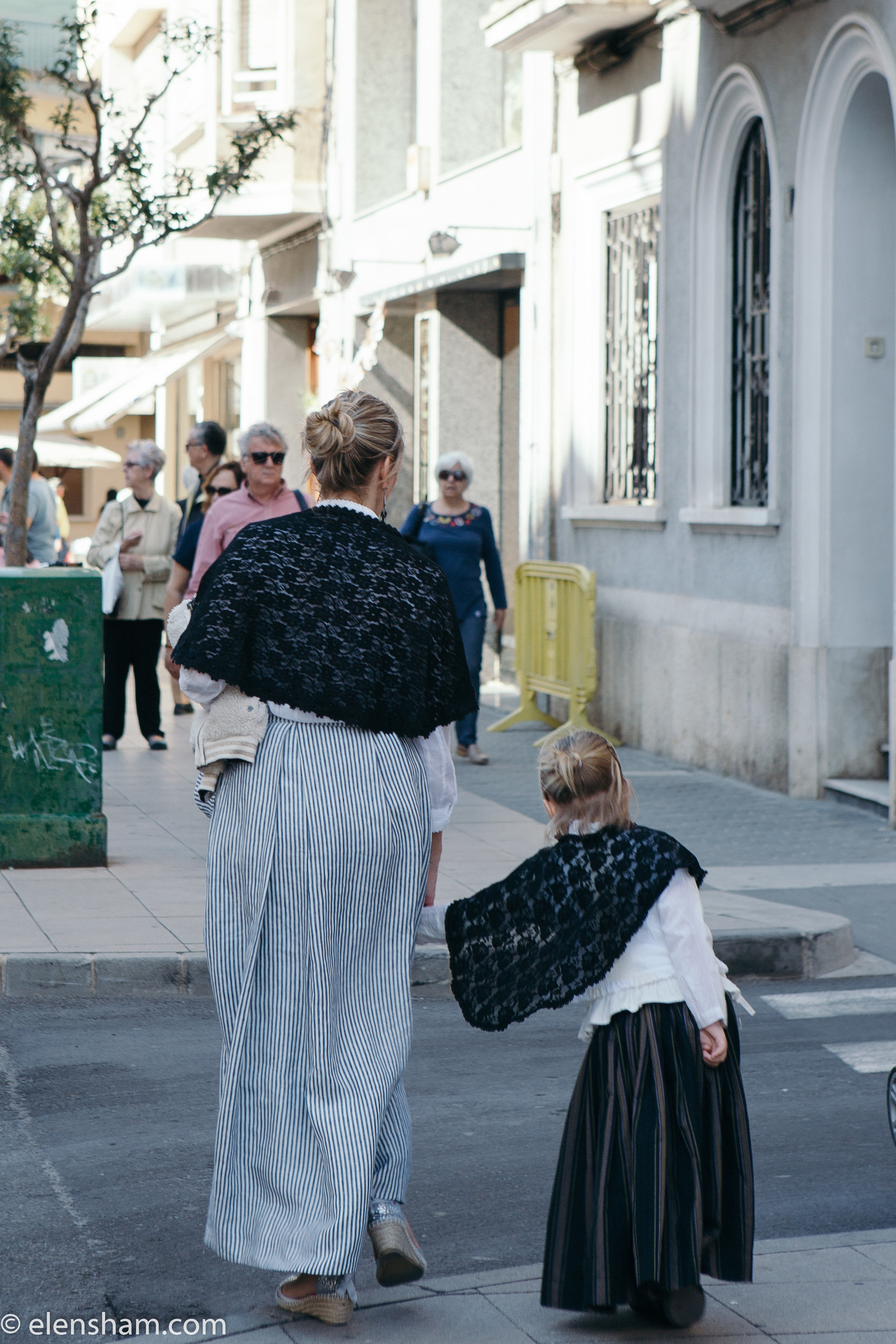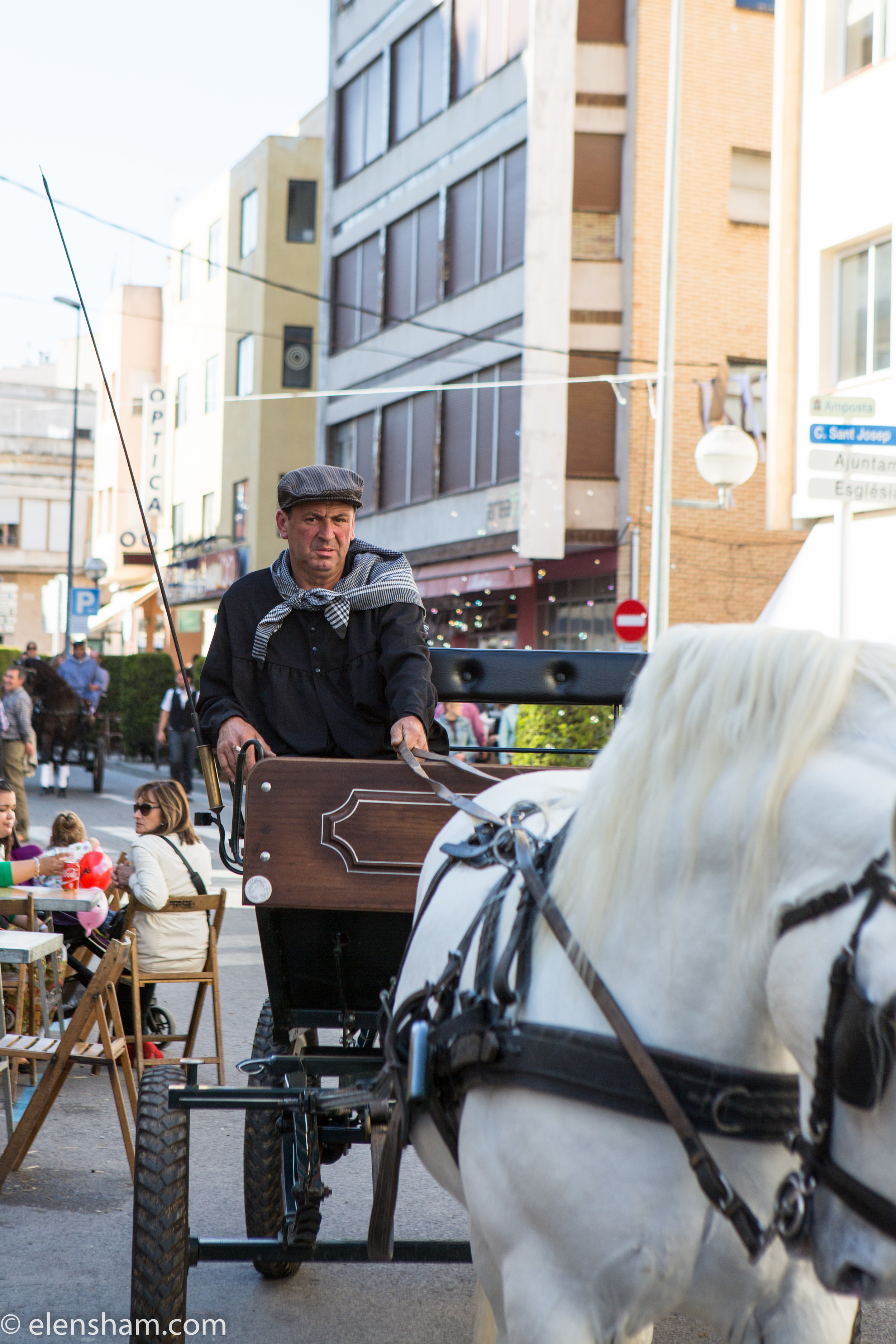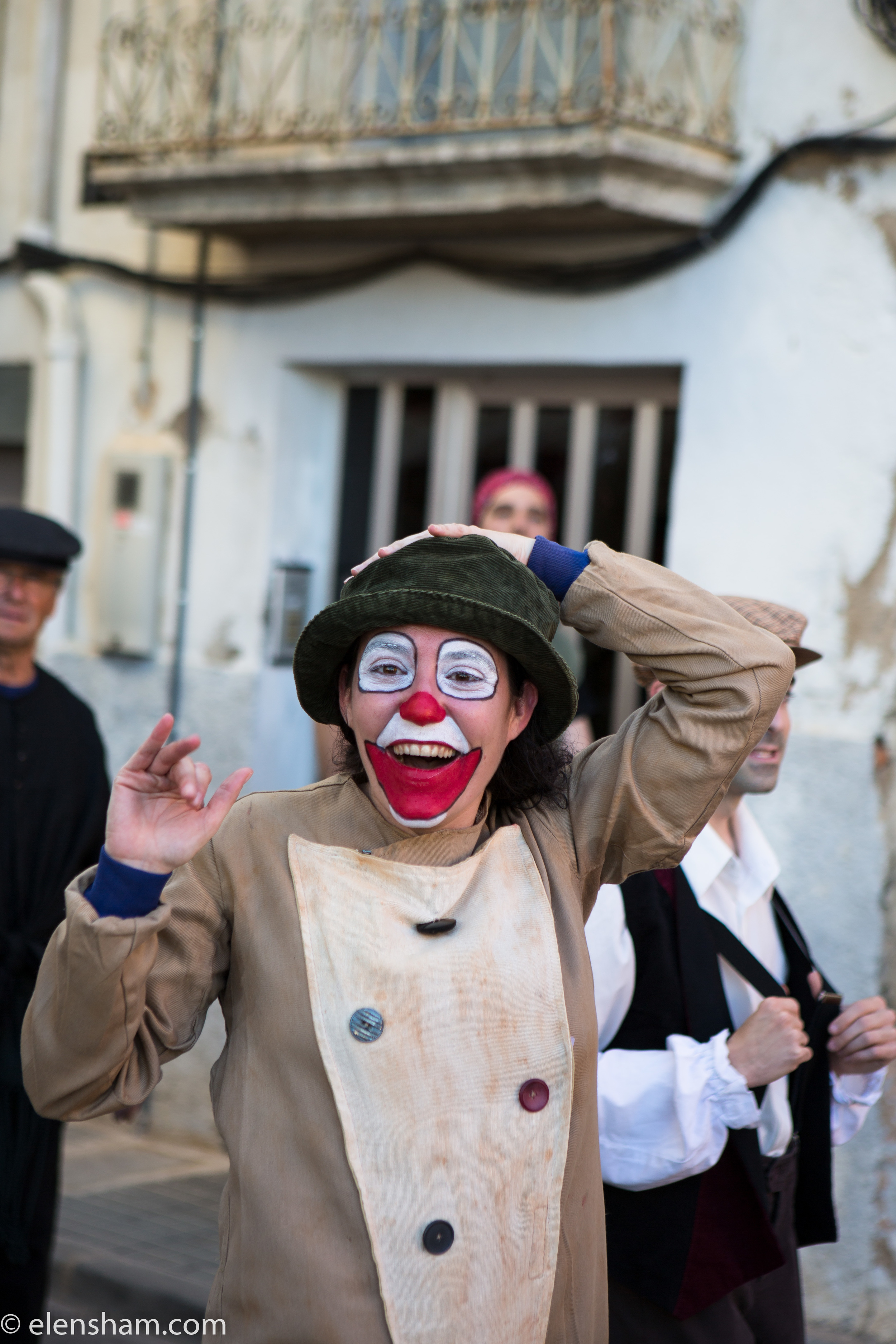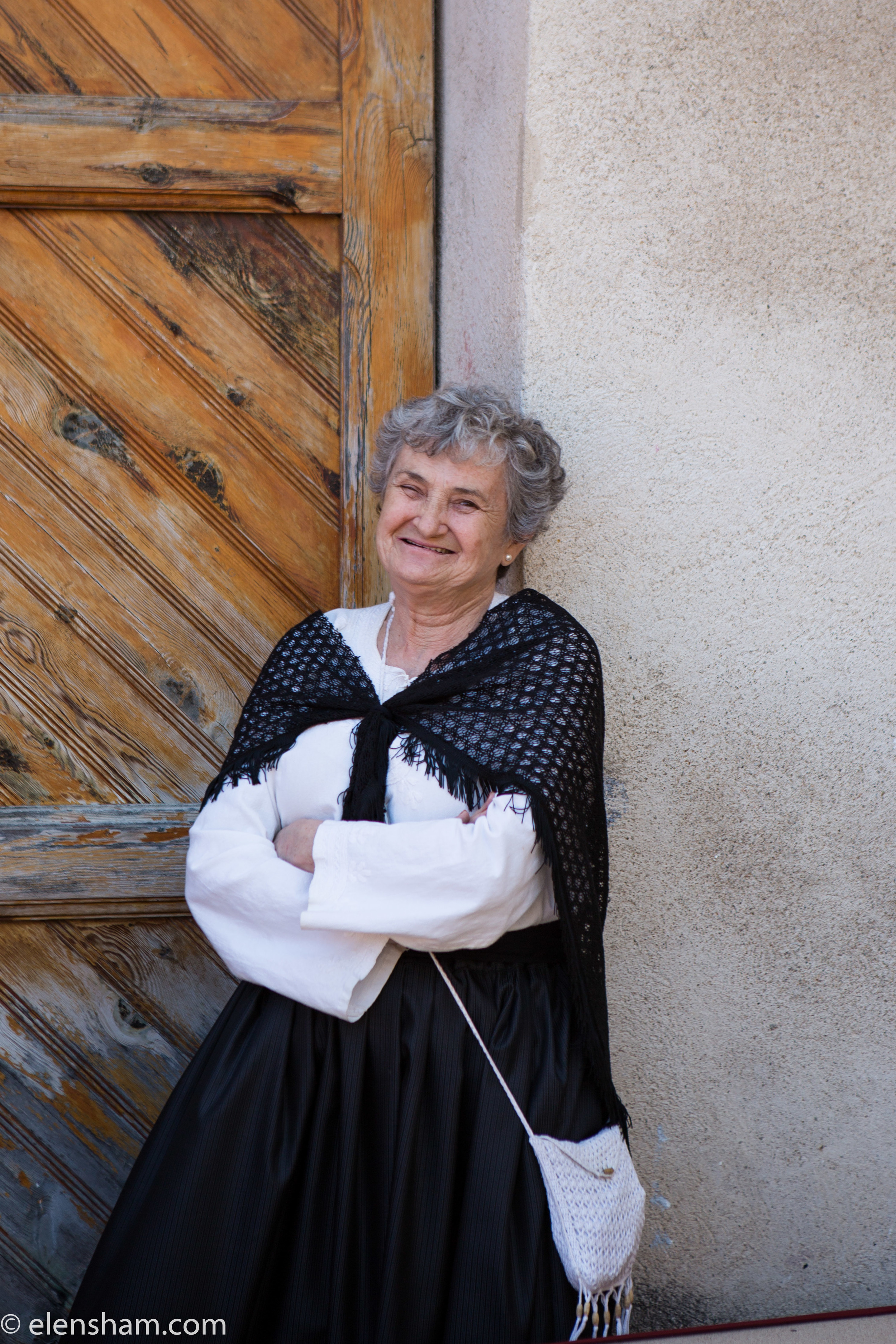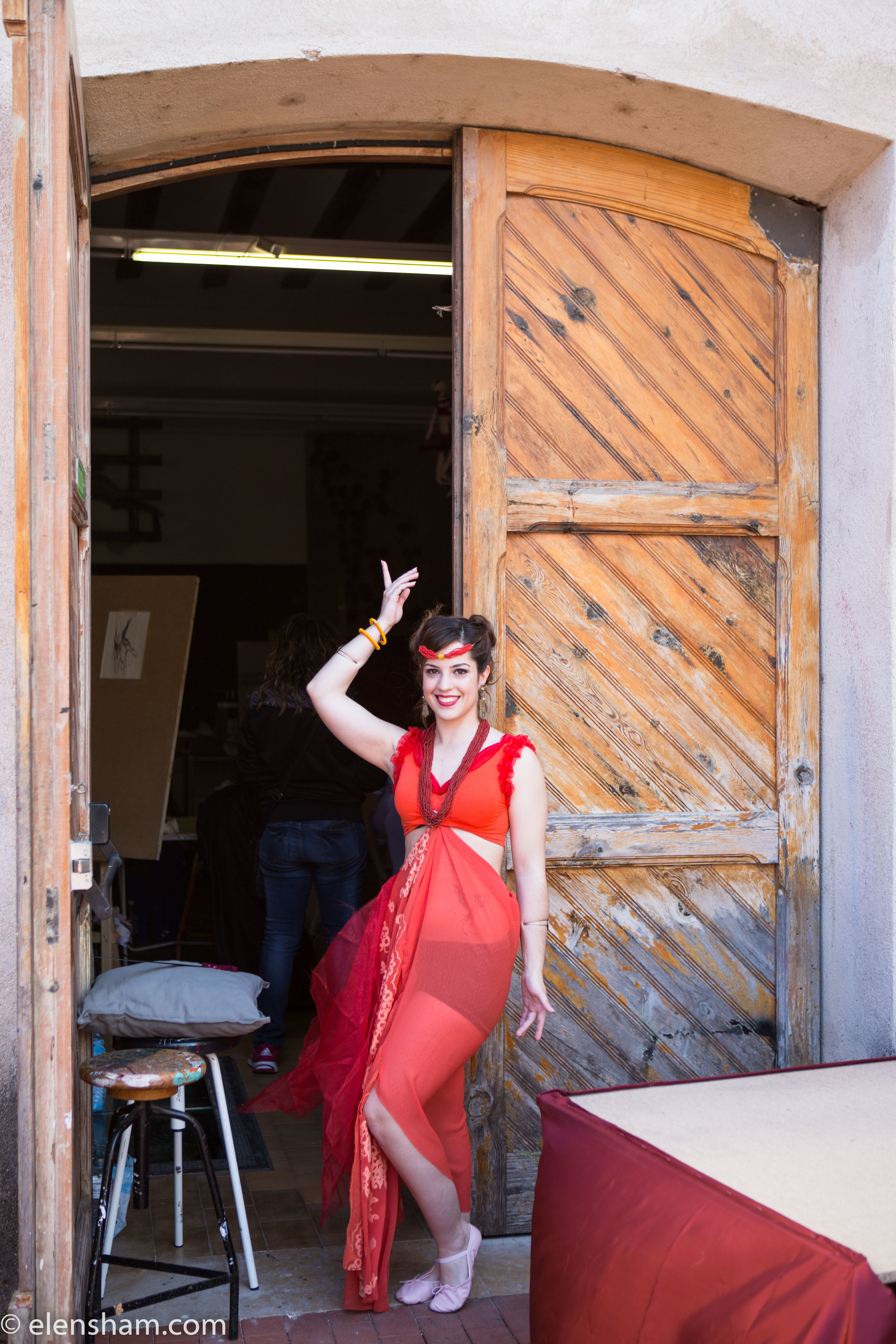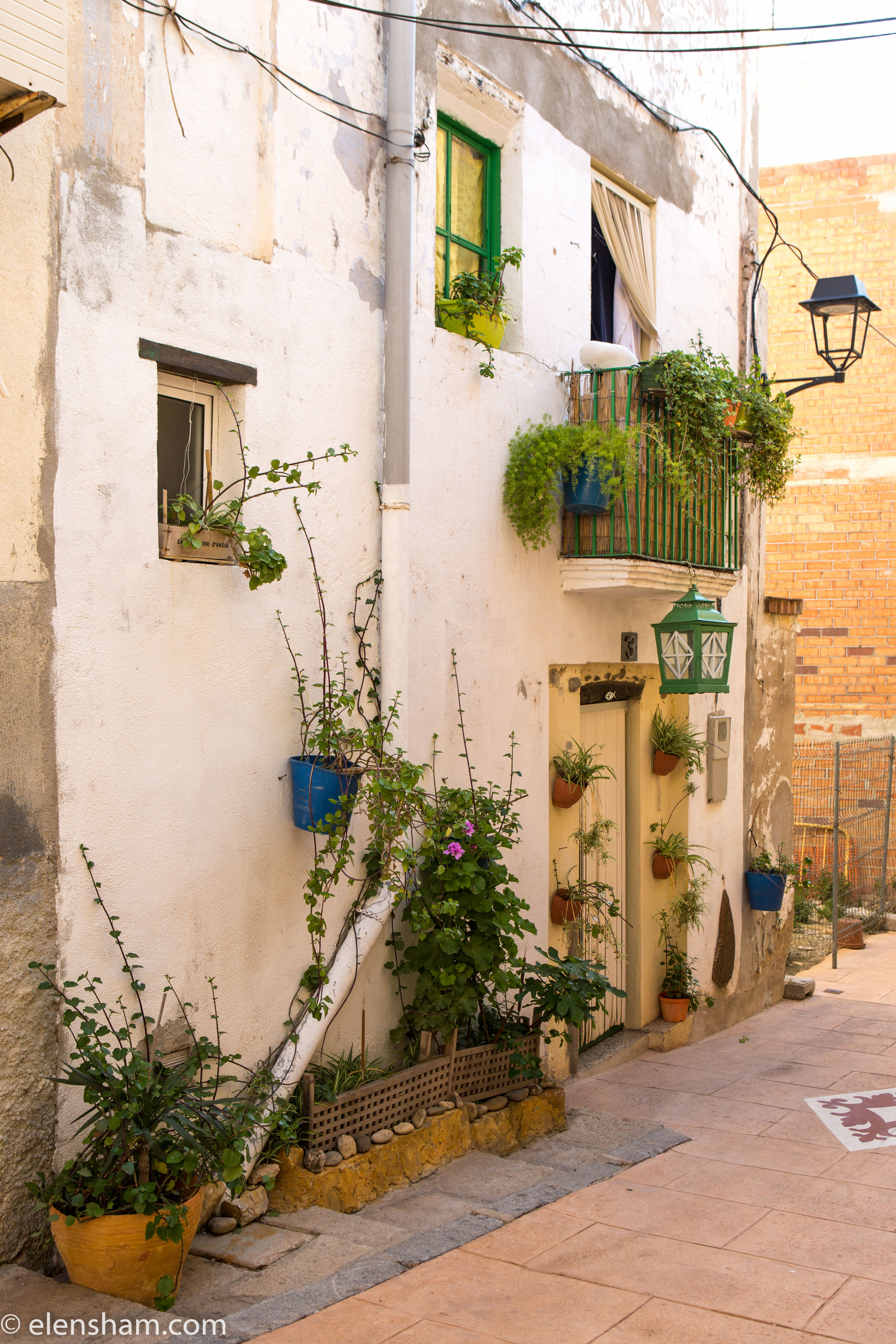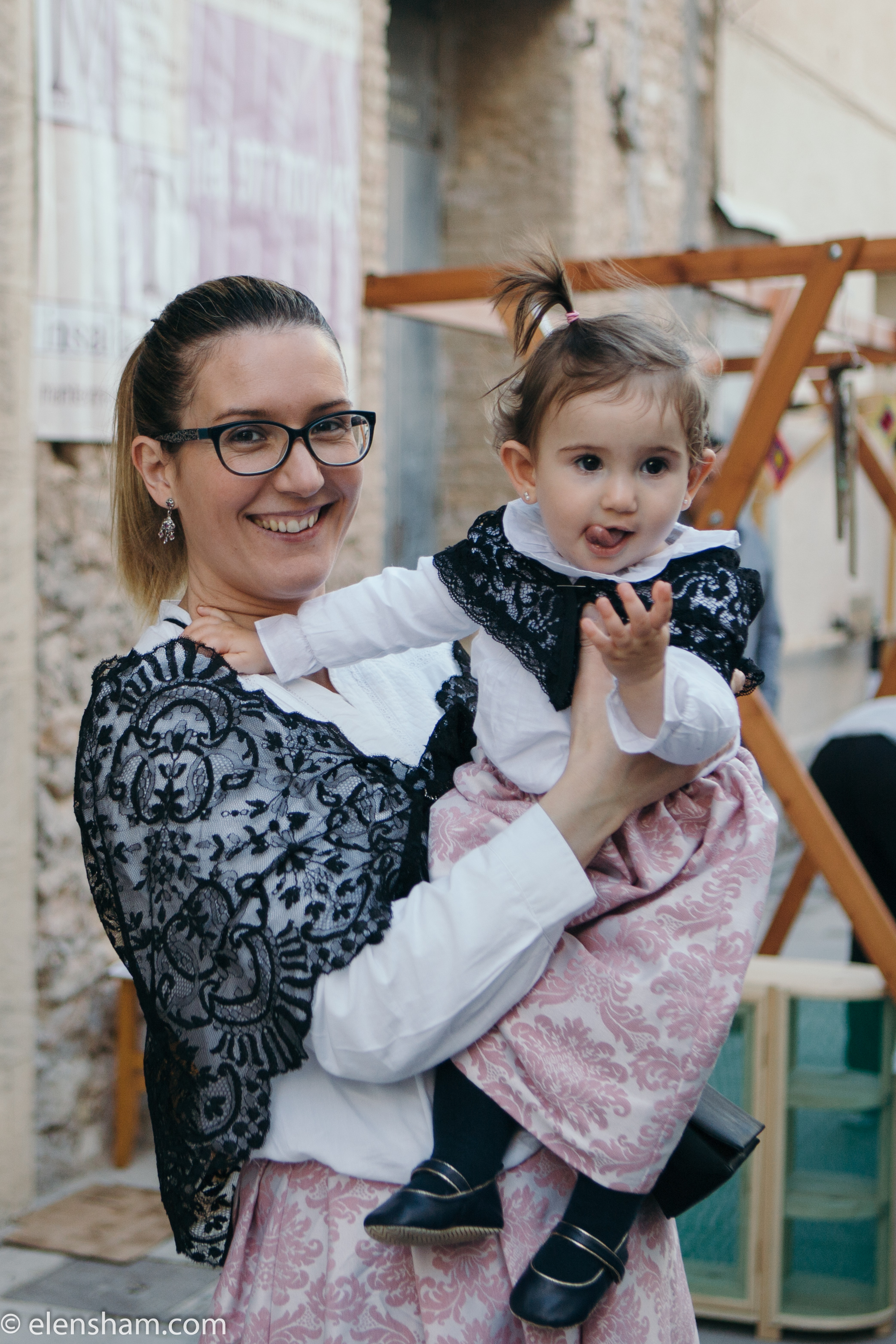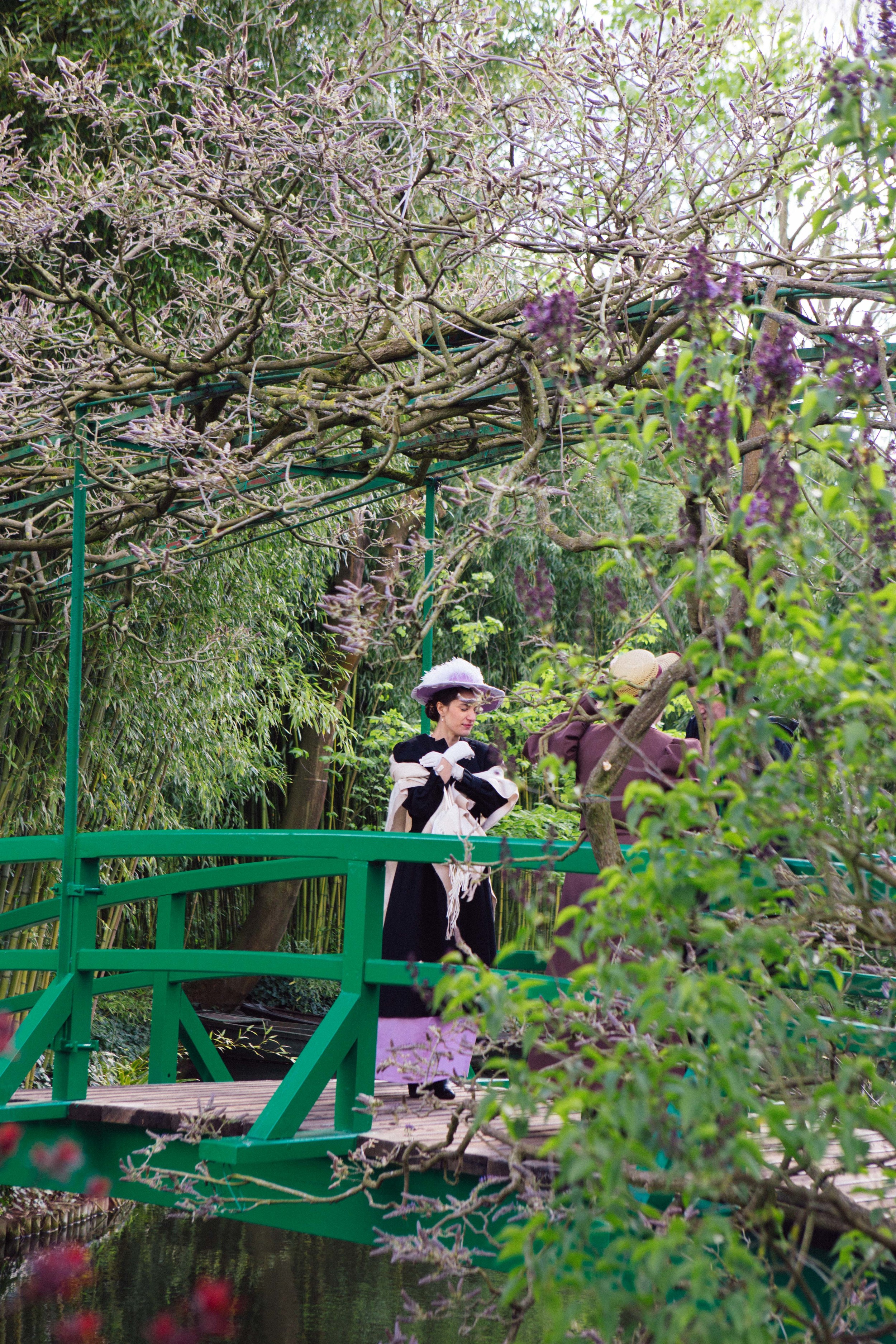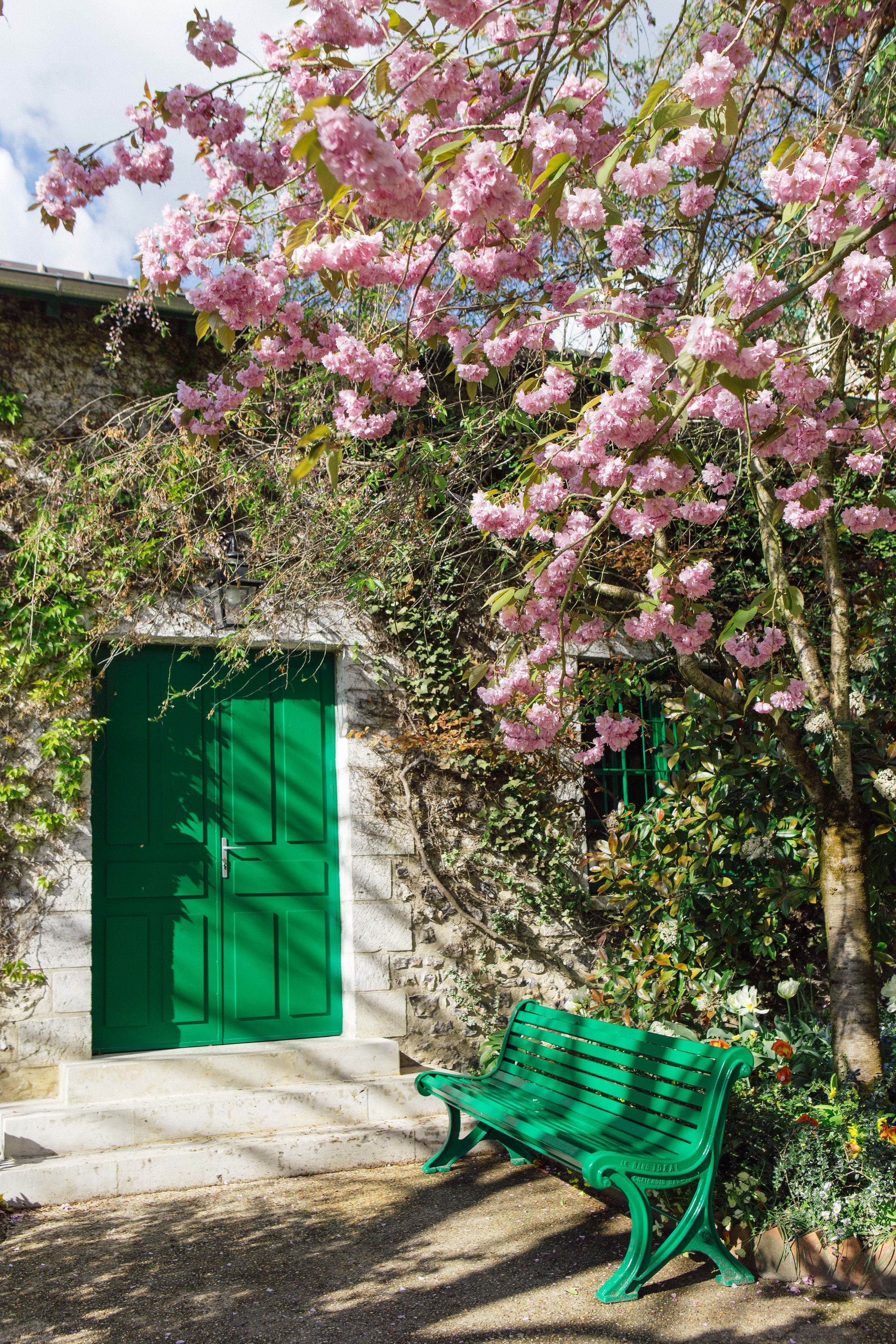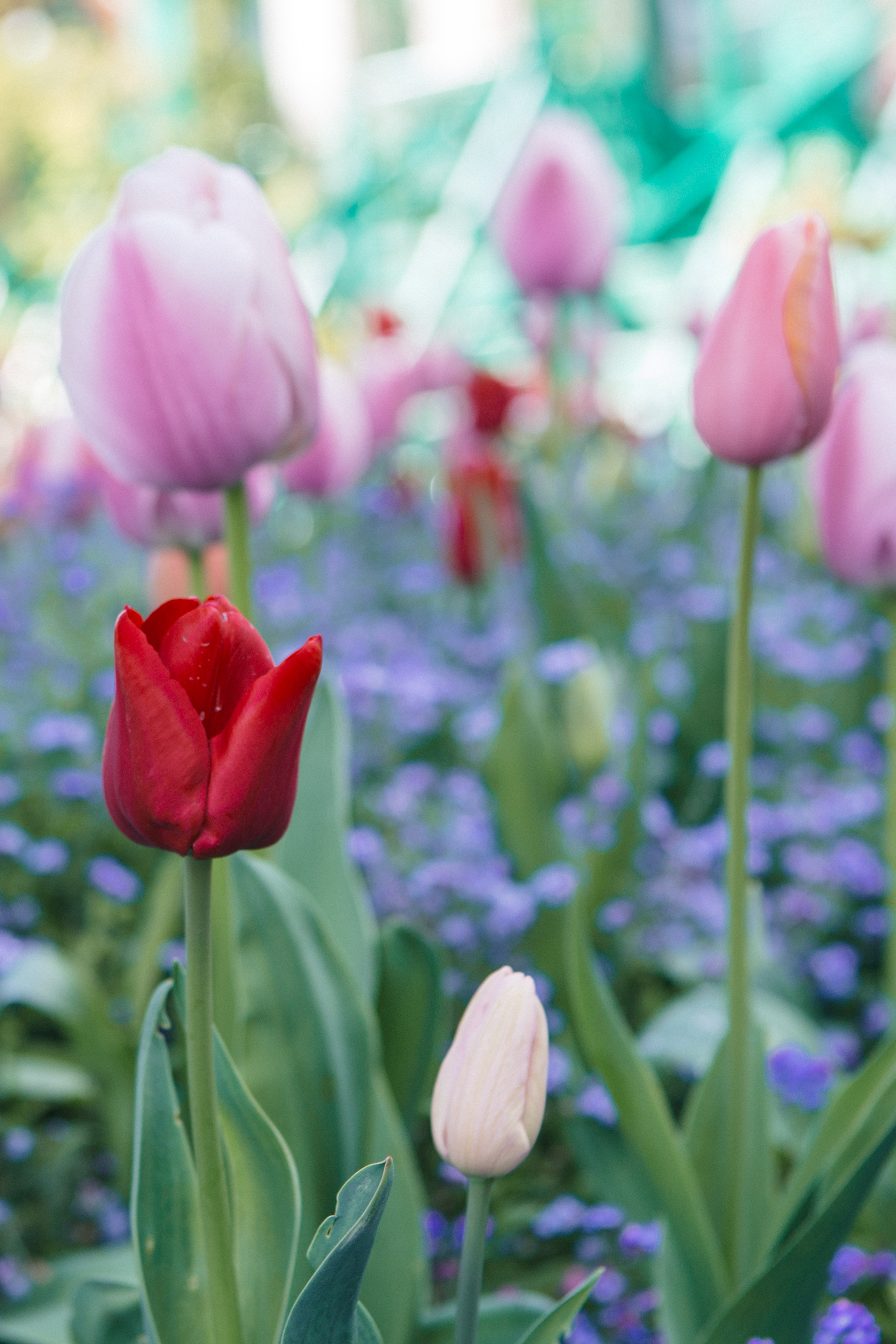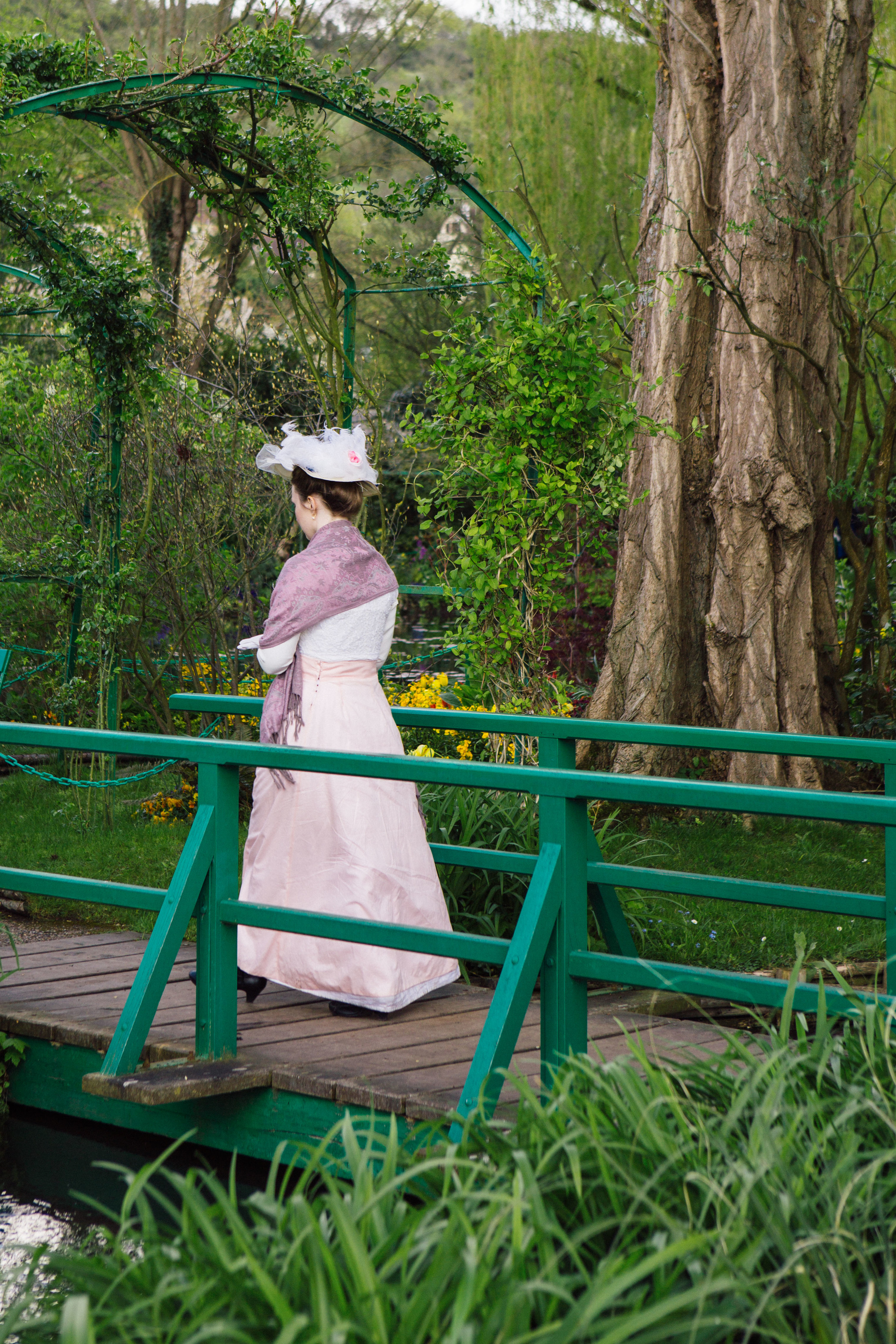For me Bath is one of the most beautiful cities in England. The name of the city comes from Roman-build baths which were constructed in the first century. Locally sourced golden-coloured Bash Stone is used in most of the buildings. The color of the stone contrasts with green hills and trees making city look light, charming and peaceful.
I am being asked on Instagram where I took Bath panoramic pictures. I have taken them from the top of the Bath Abbey. The Abbey is free to walk inside but if you want to go up, you have to pay for the tower tour which can only be taken with the guide. The view is truly amazing but if you are afraid of heights or narrow spaces - don't go. There are 212 steps to the top of the Tower arranged in two narrow spiral staircases. On Saturdays tours start every half an hour but on Sunday the Tower is closed.
View over Roman baths from Bath Abbey.
During Tower tours you will also learn about the history of the Abbey and have a chance to see its bells and the clock from inside (pictured above).
Pulteney bridge over river Avon (below) is one of the four bridges in the world to have shops across its full span on both sides.




